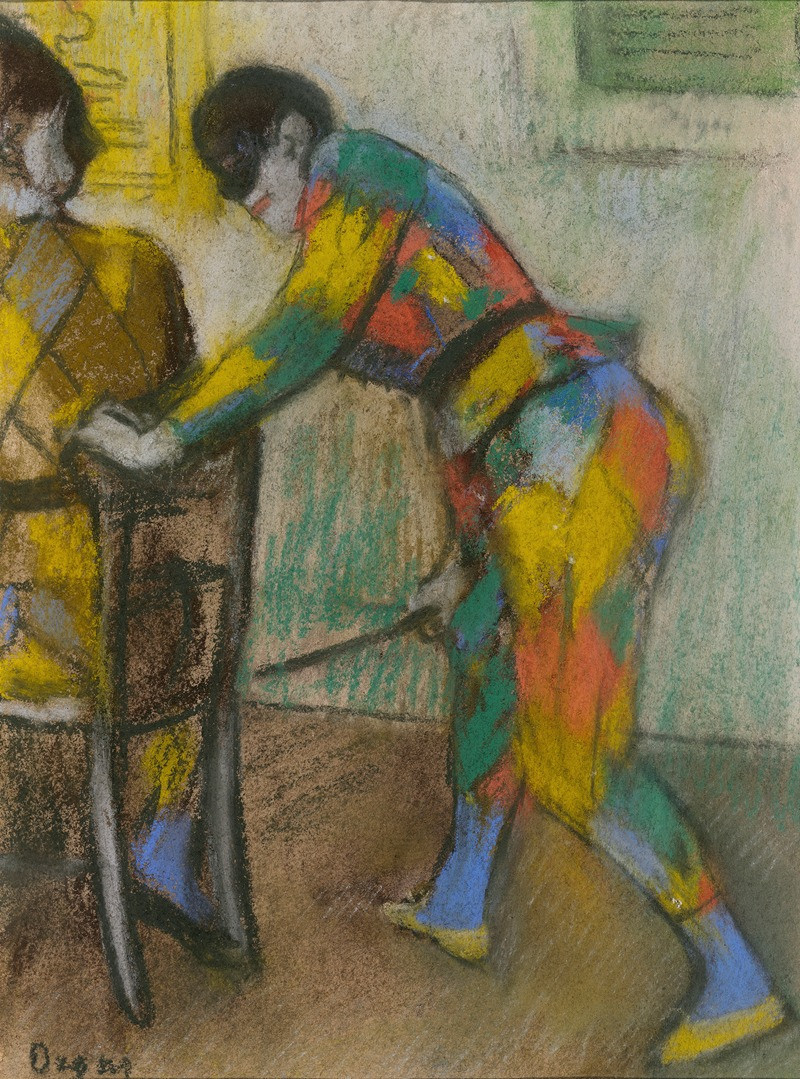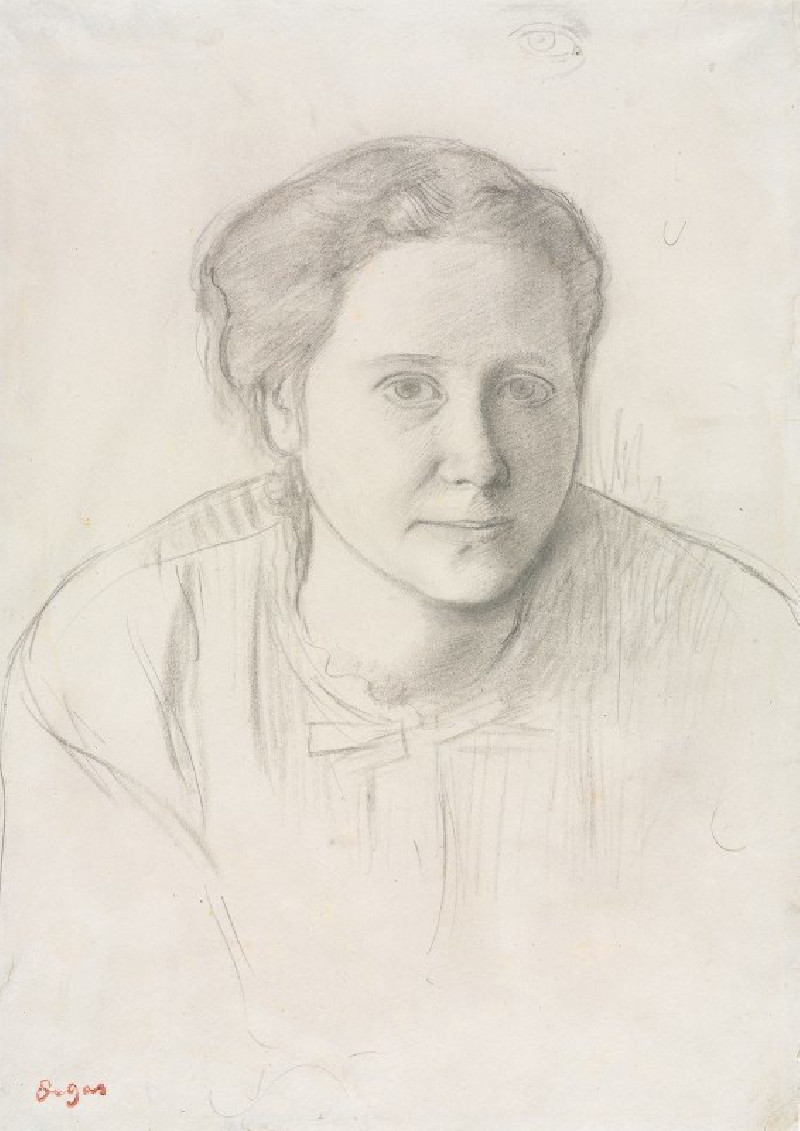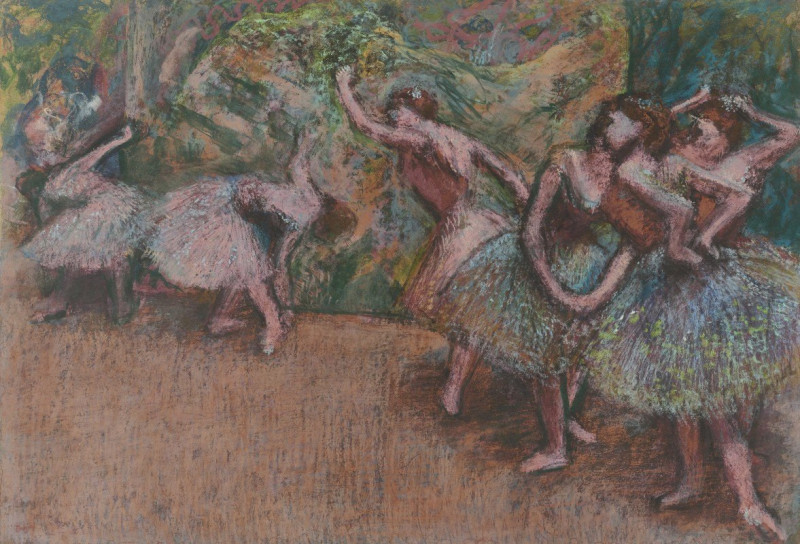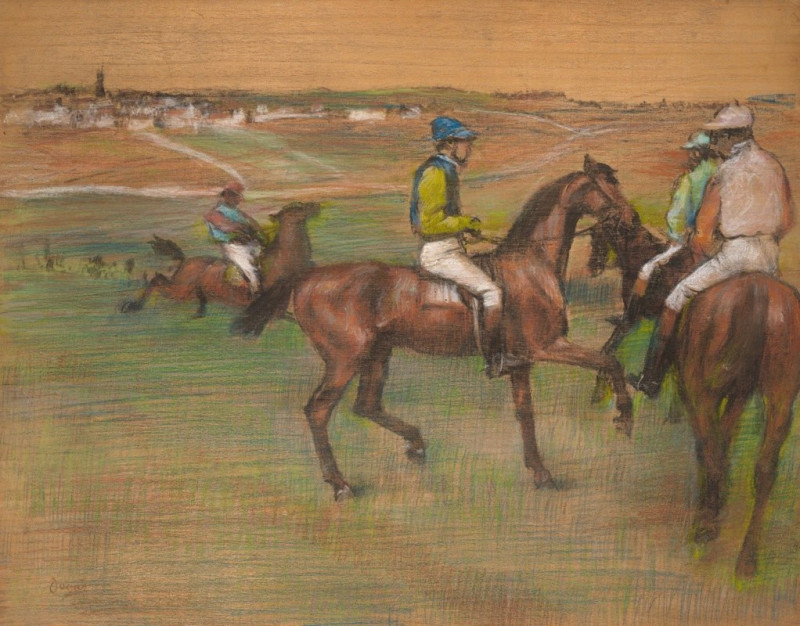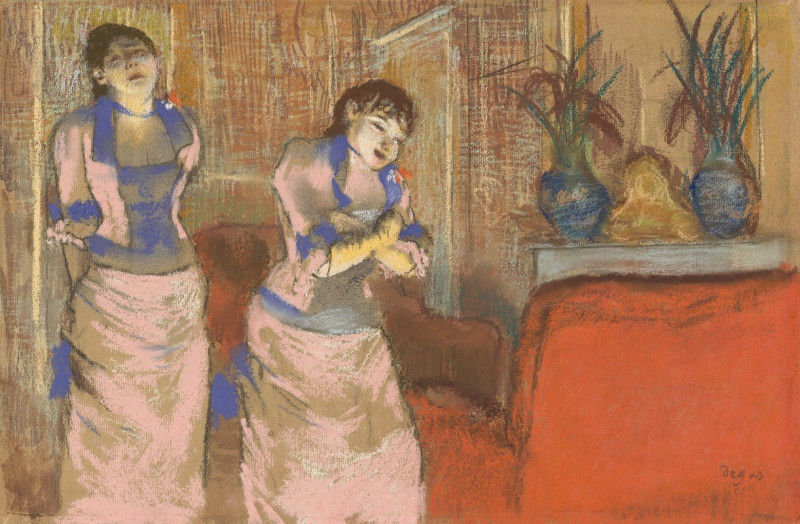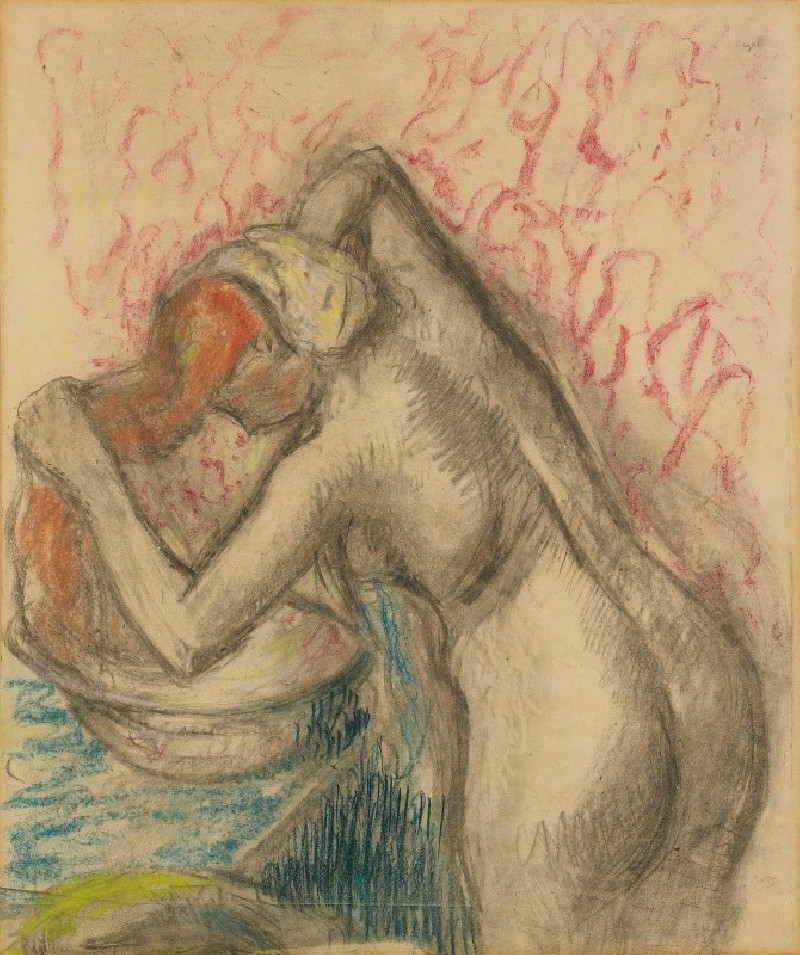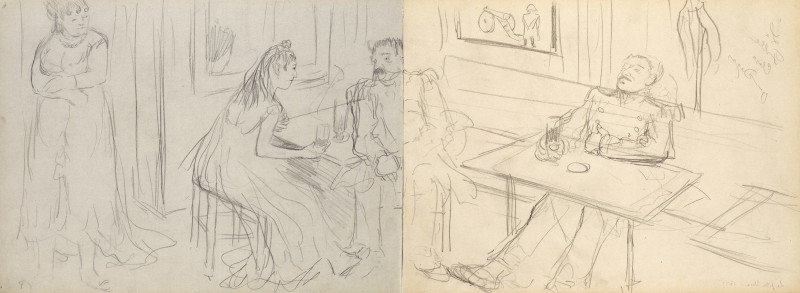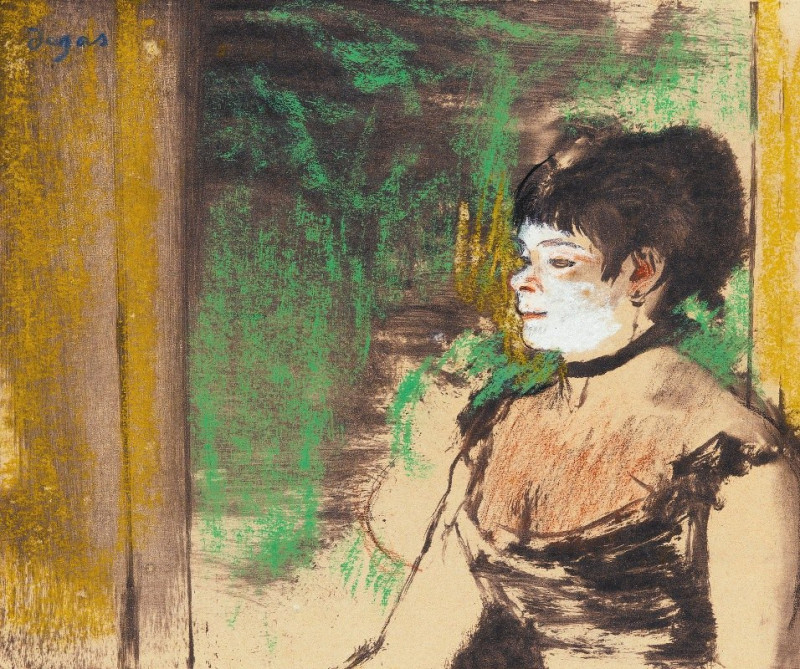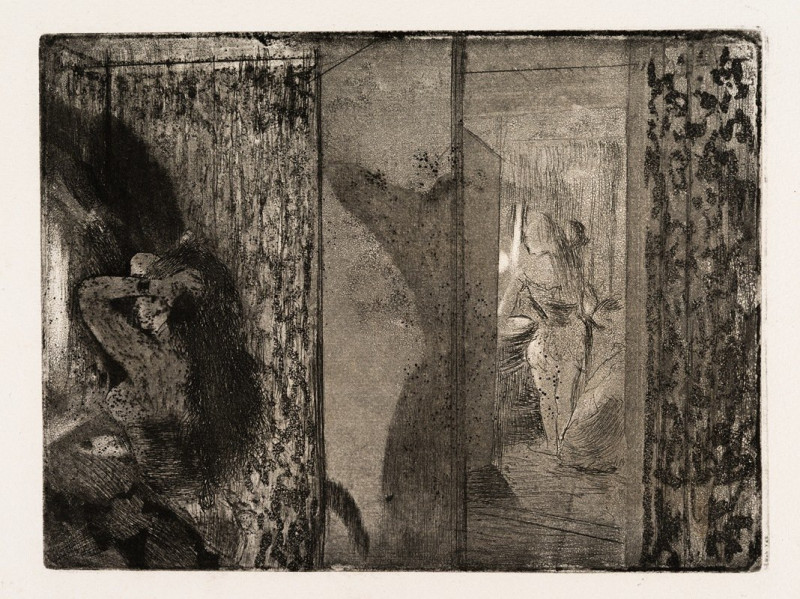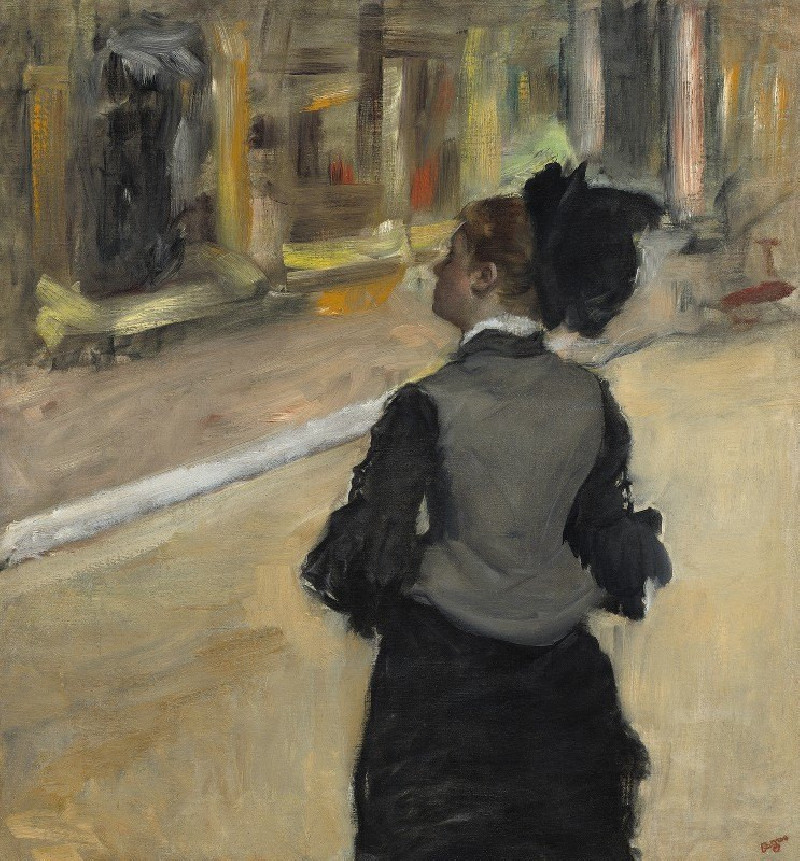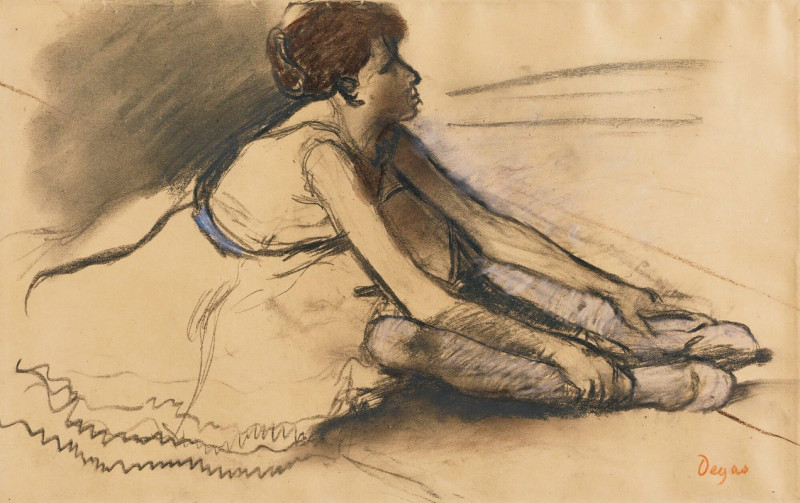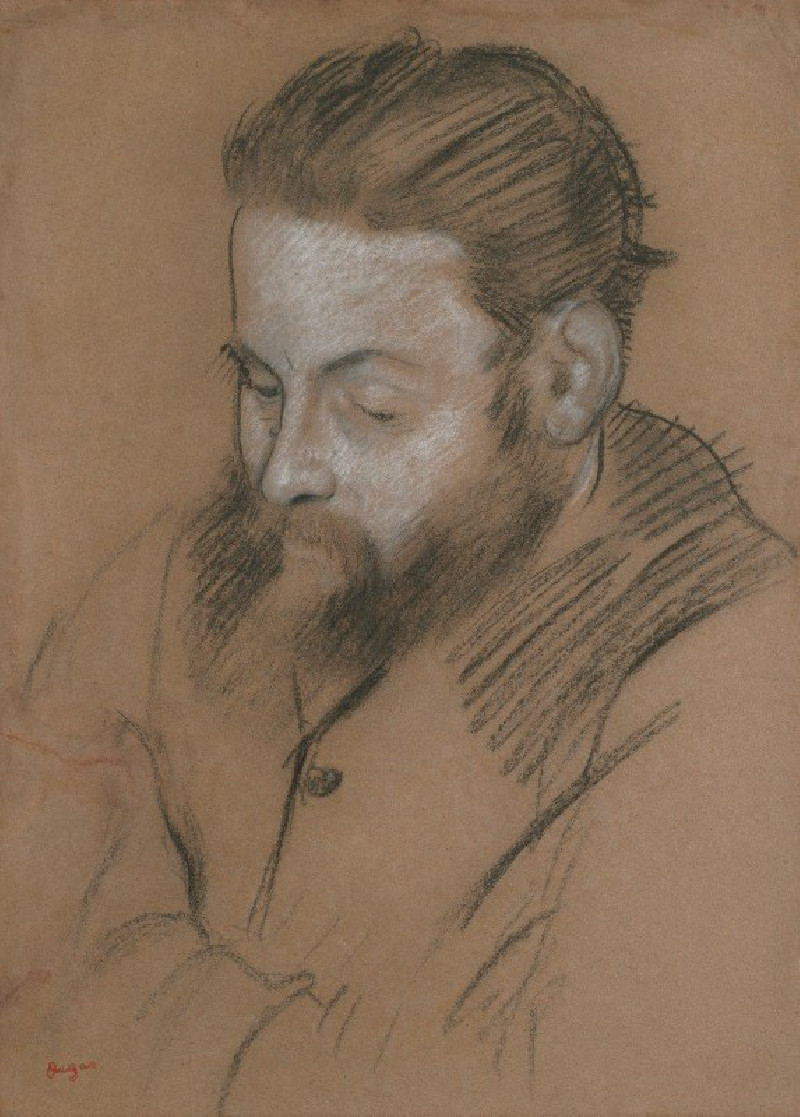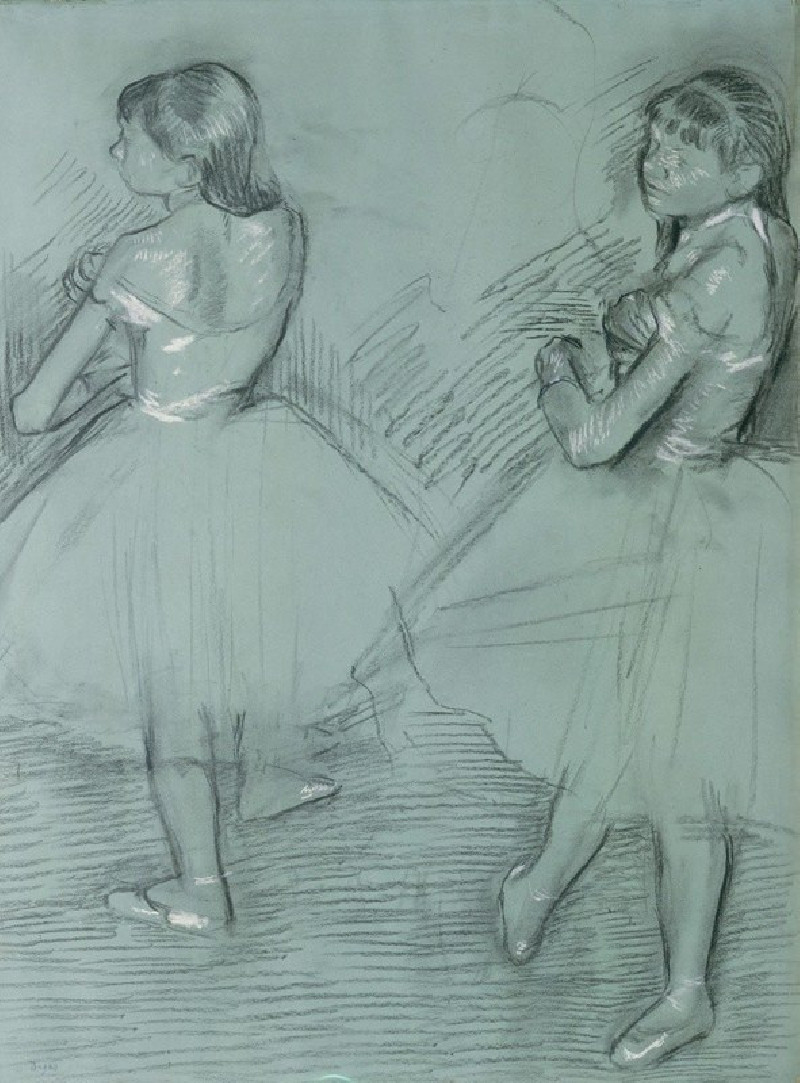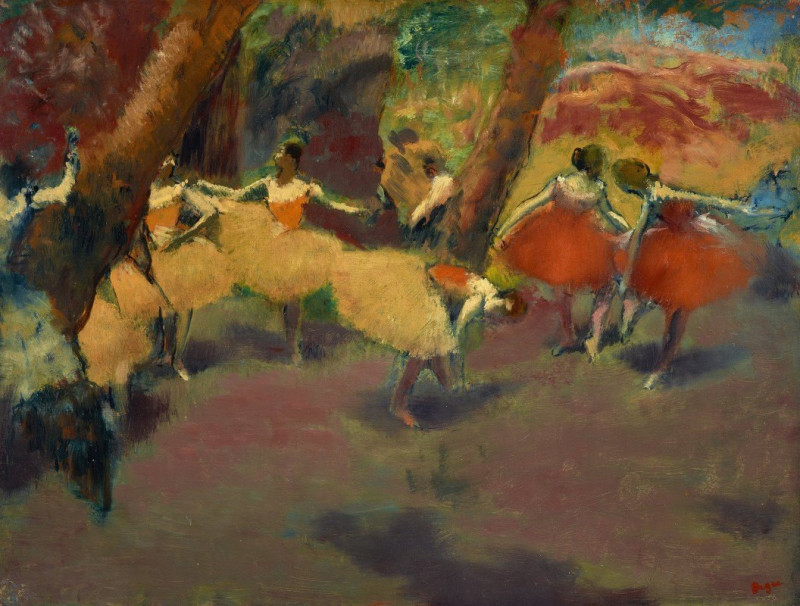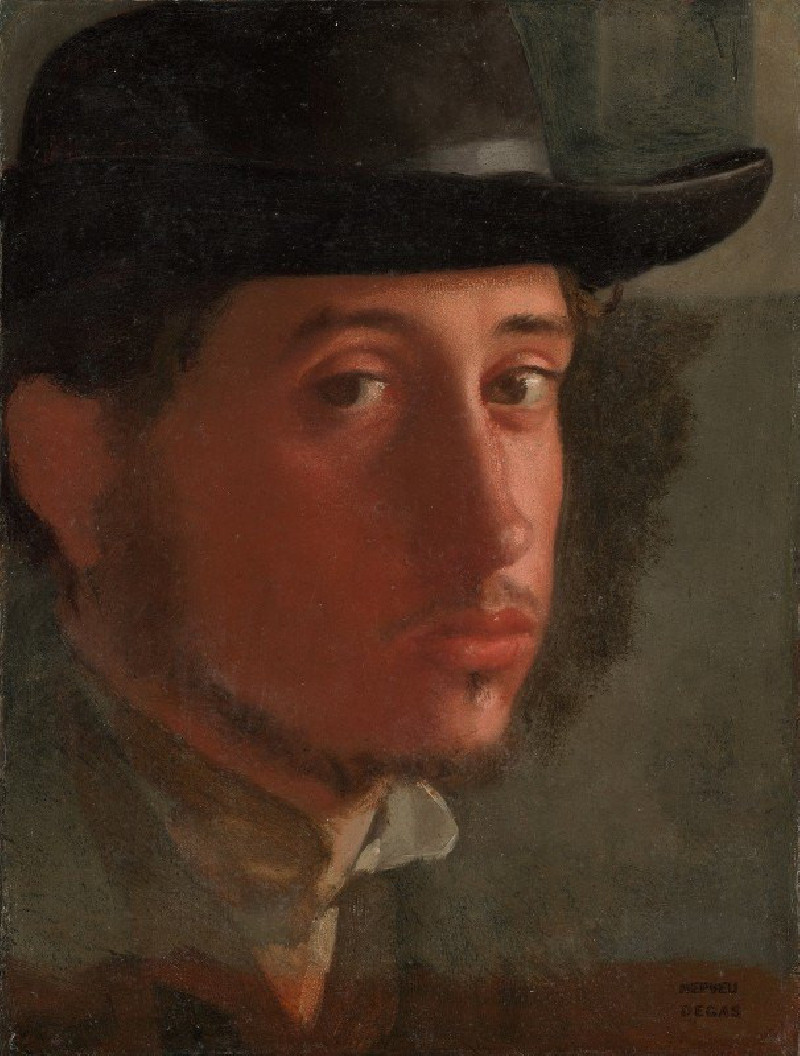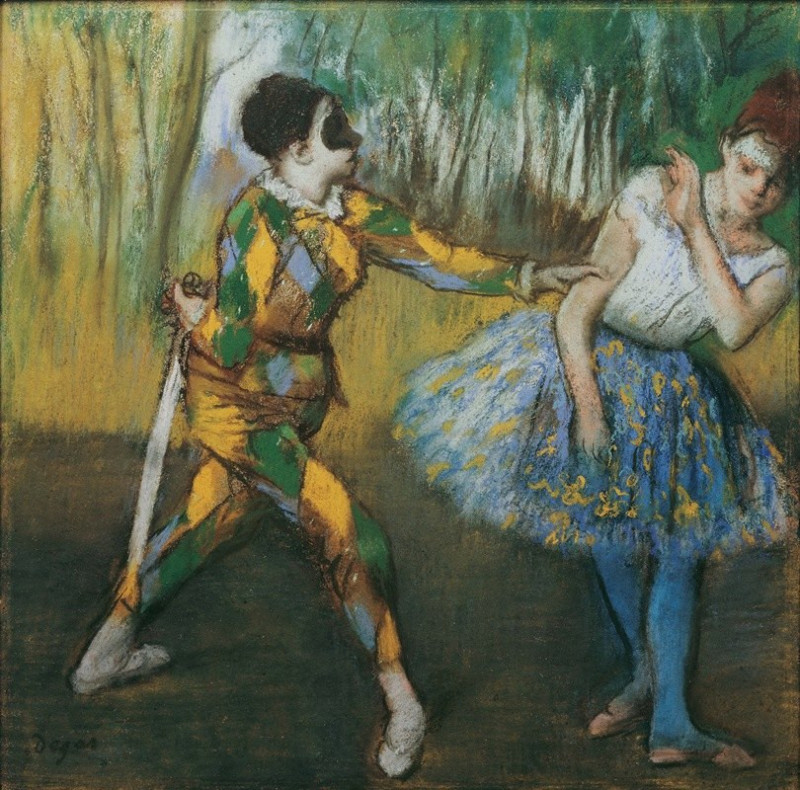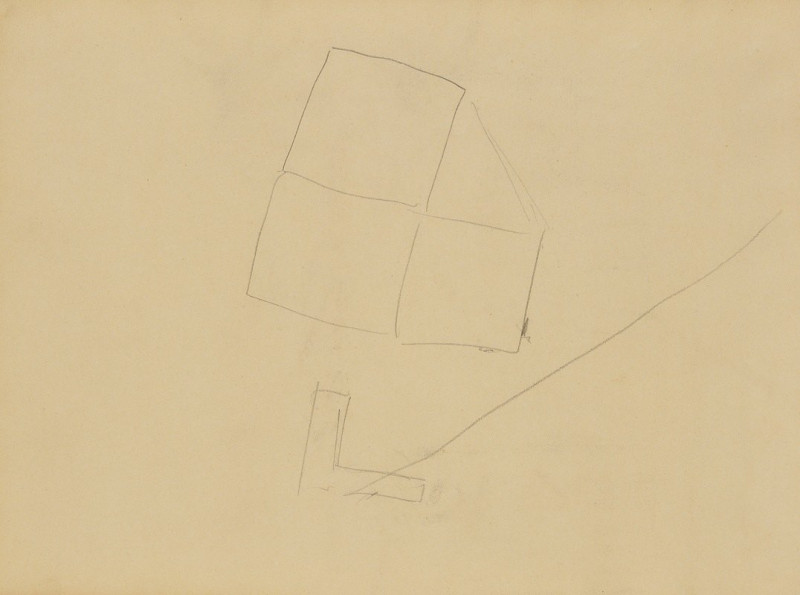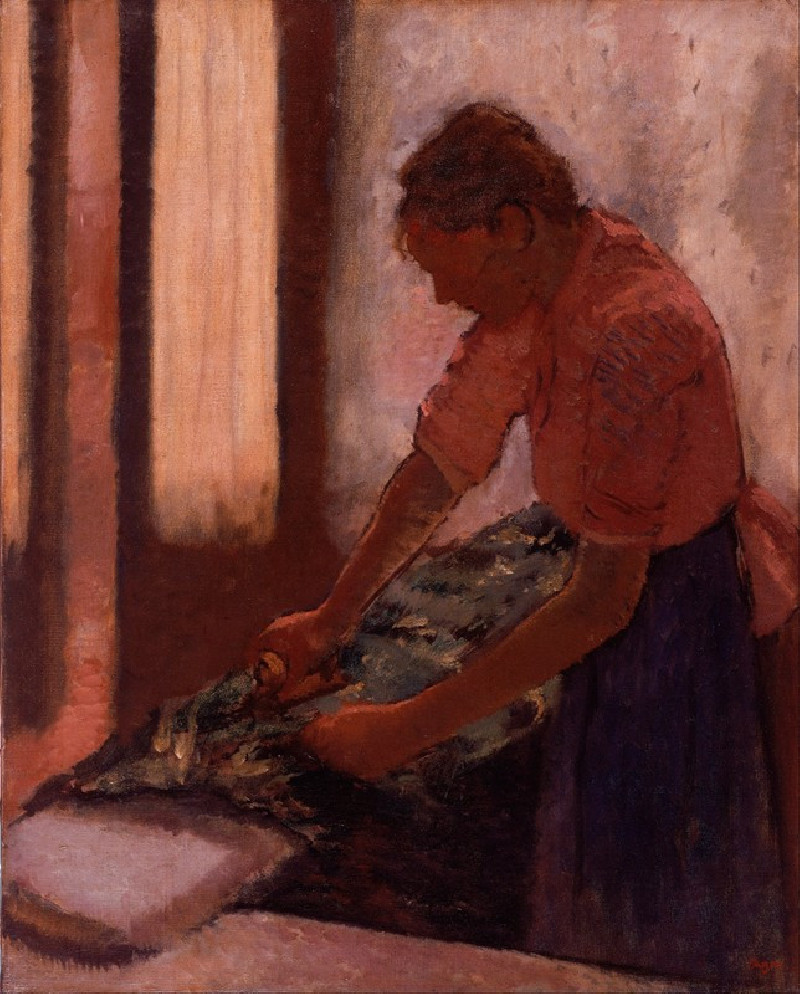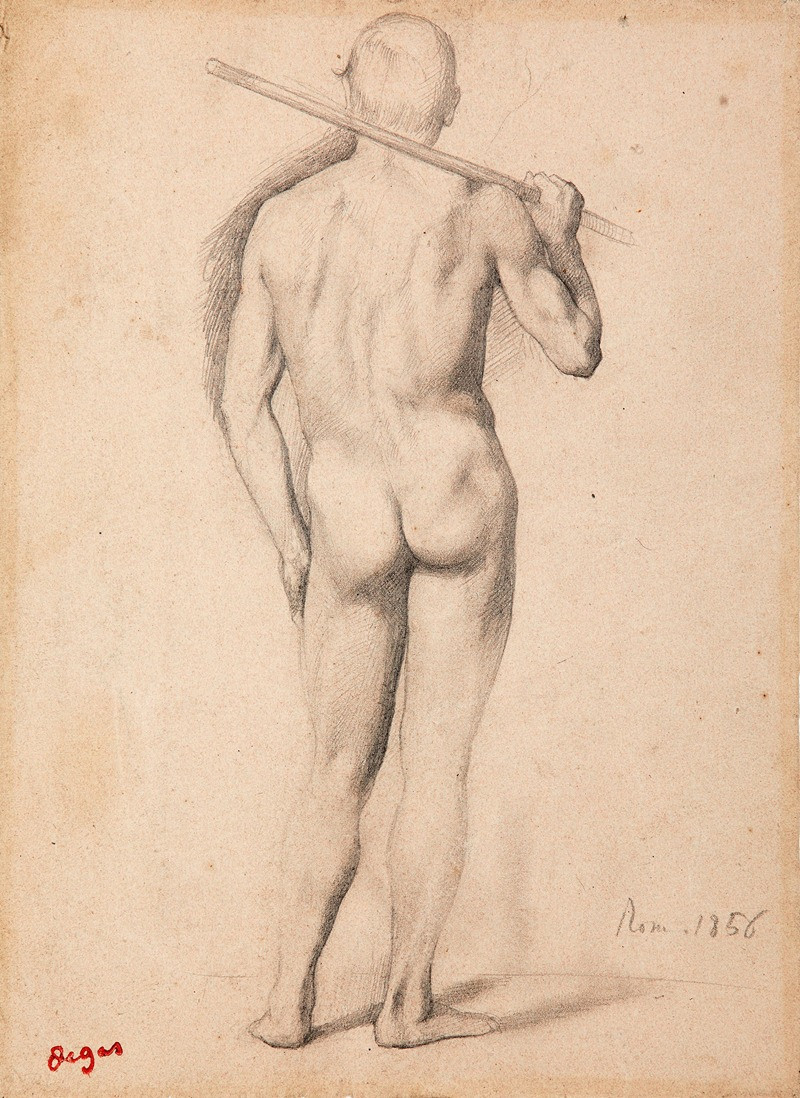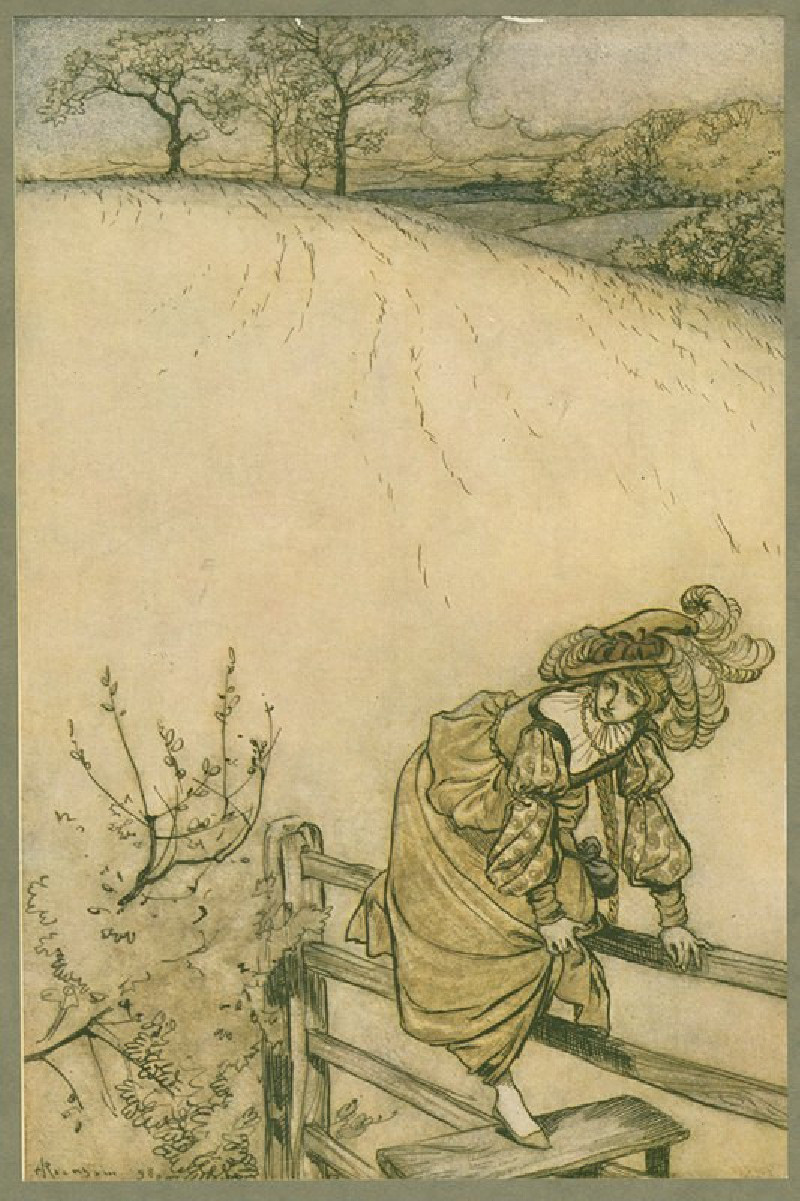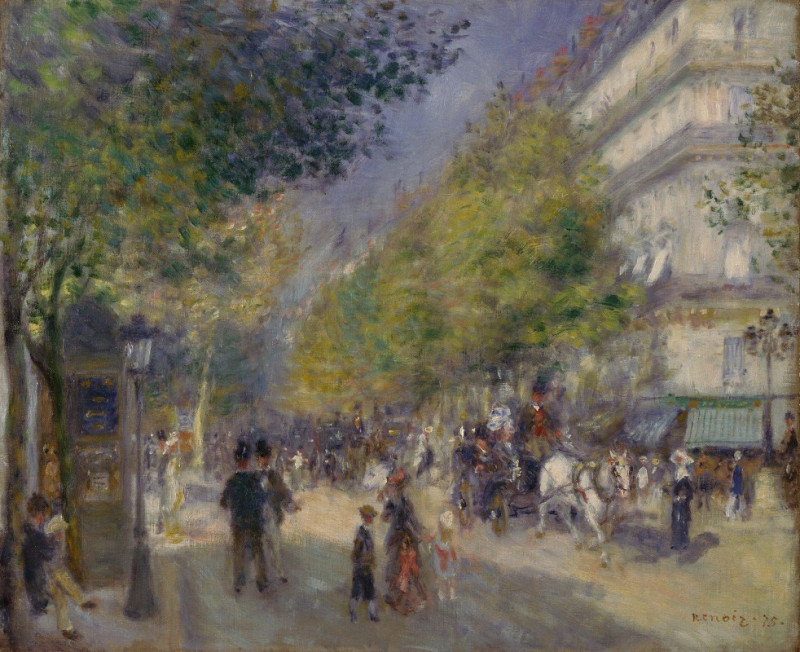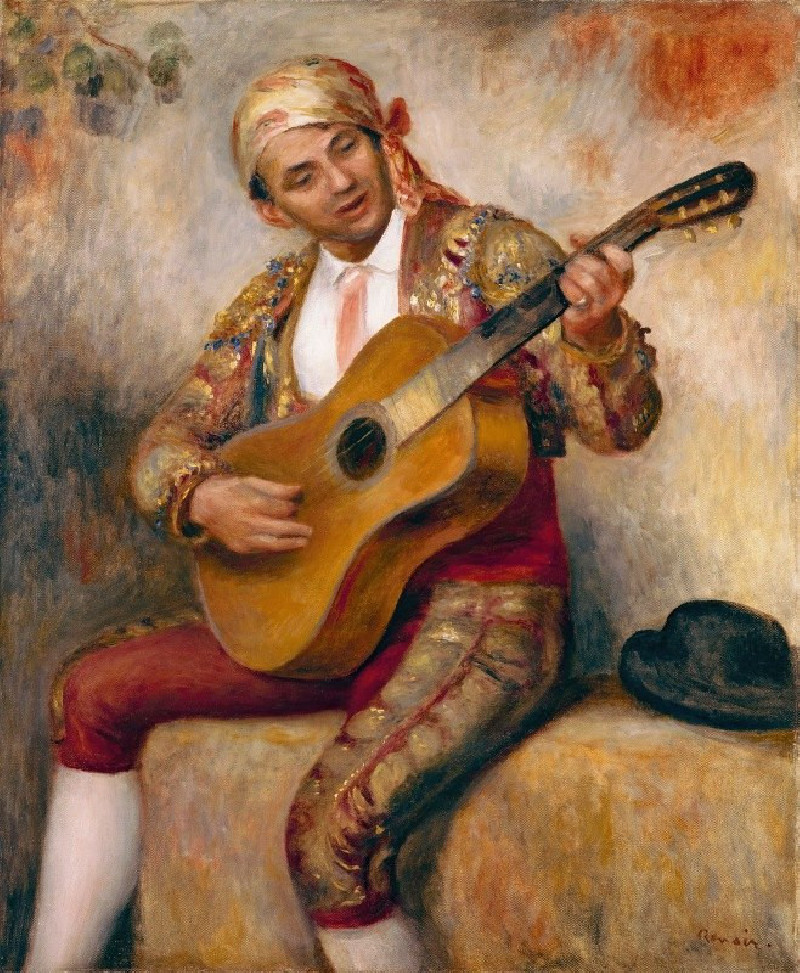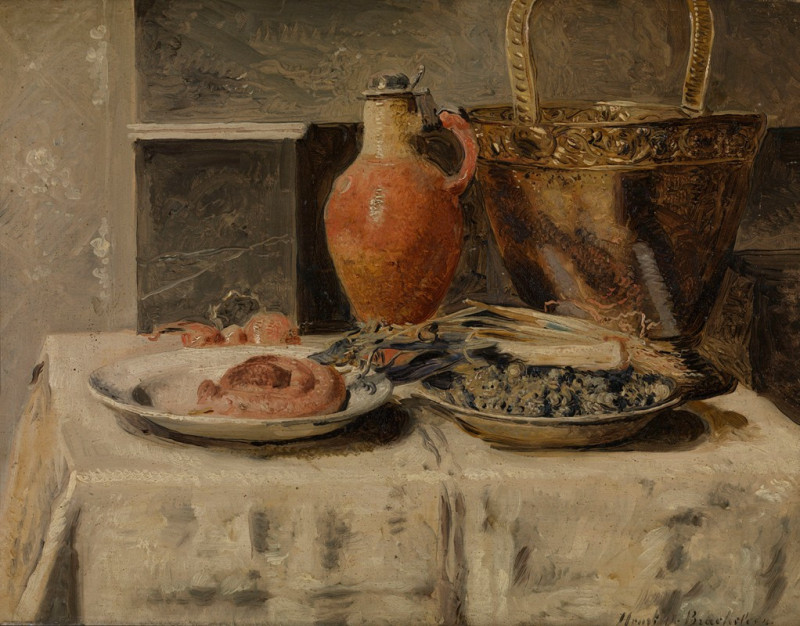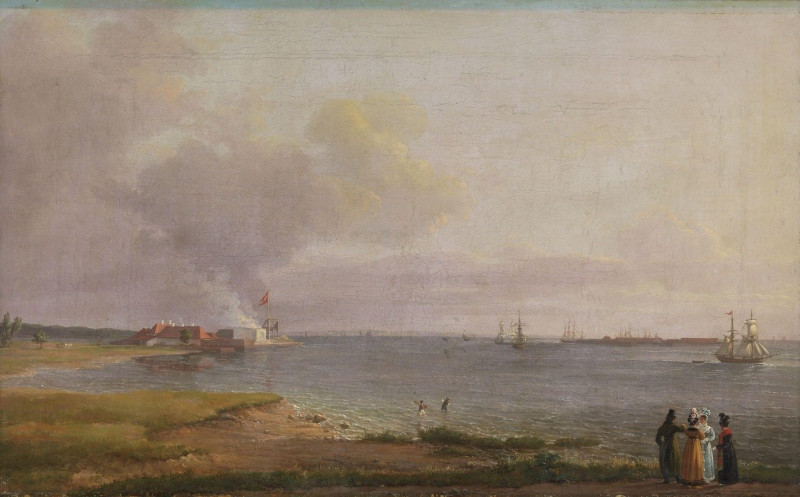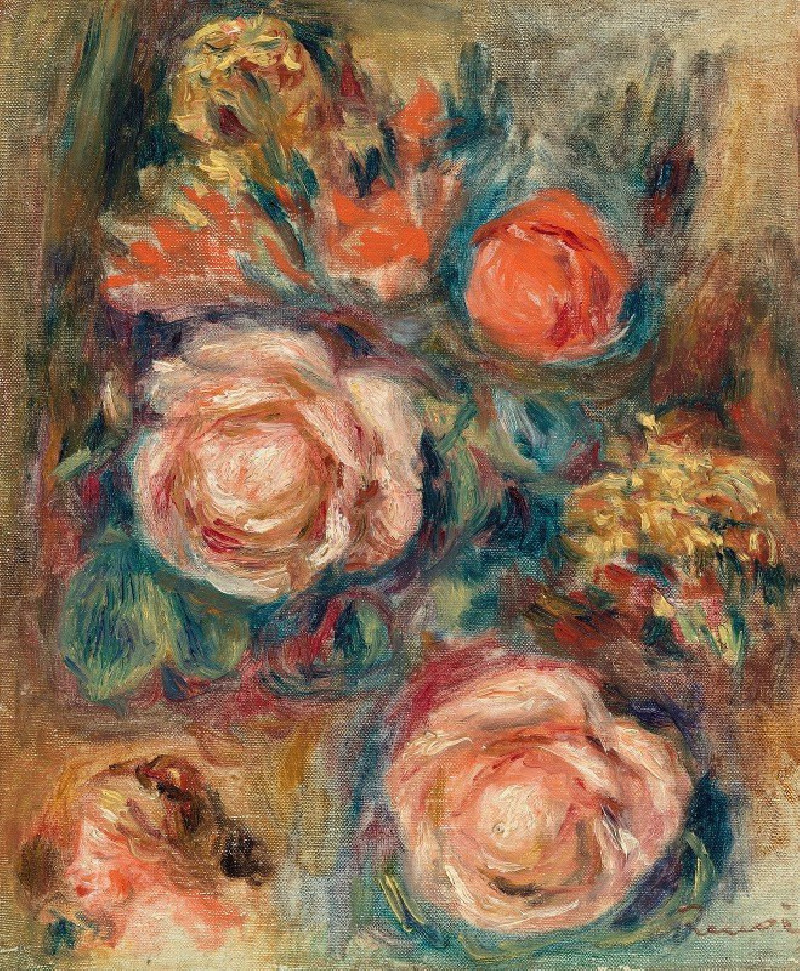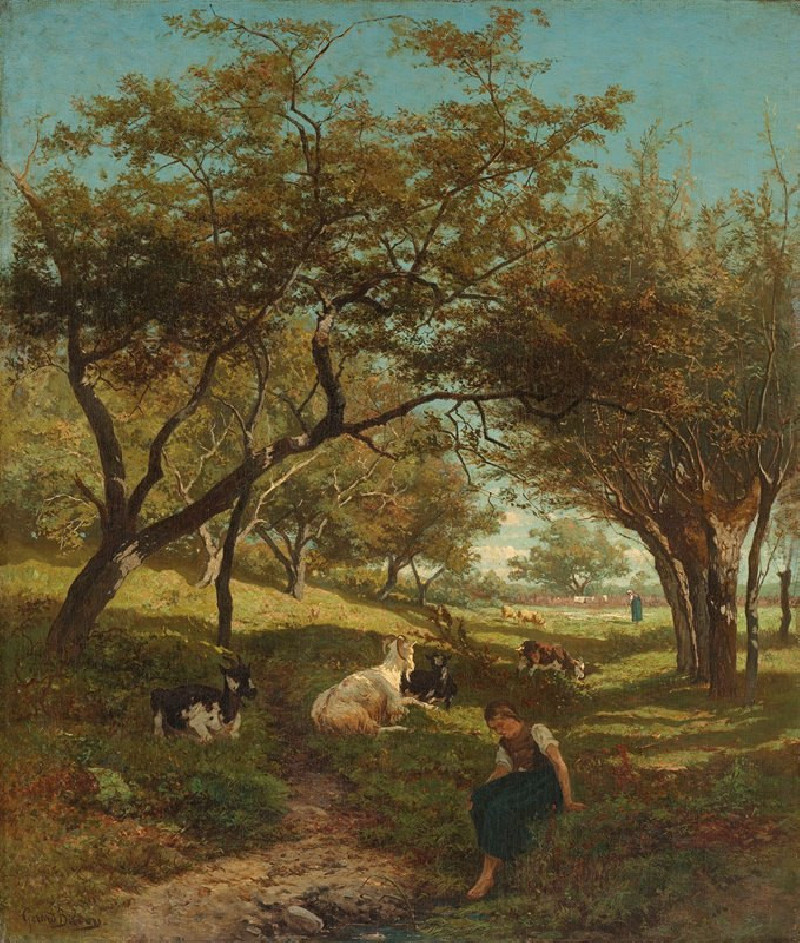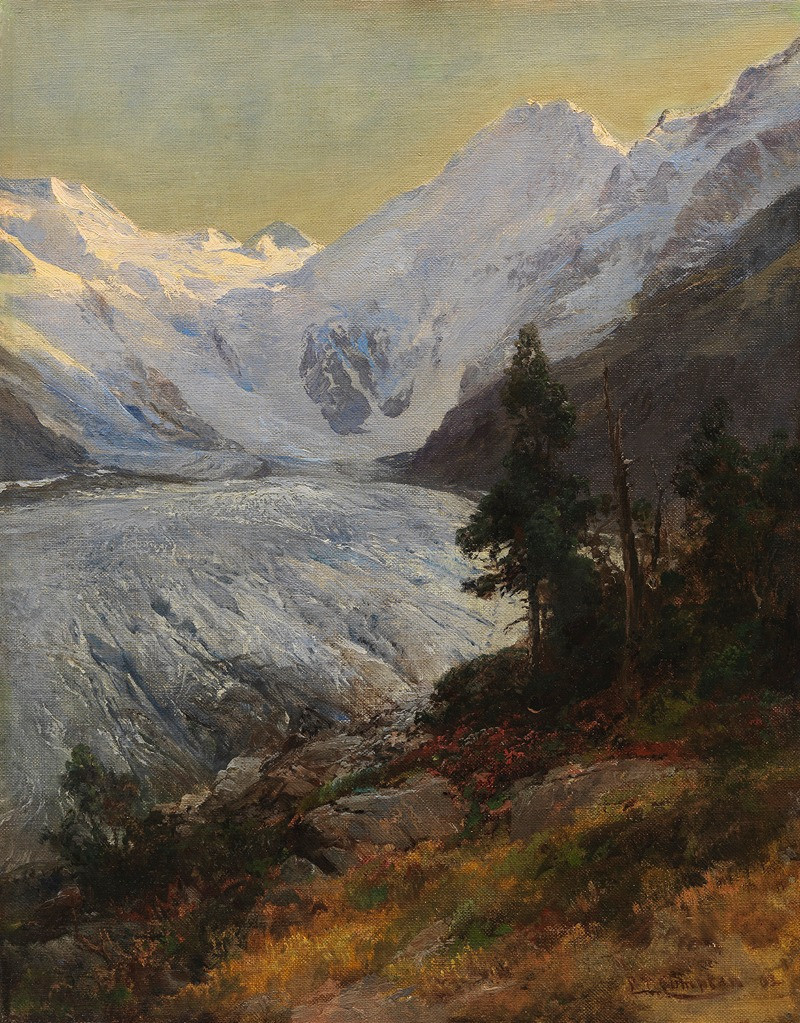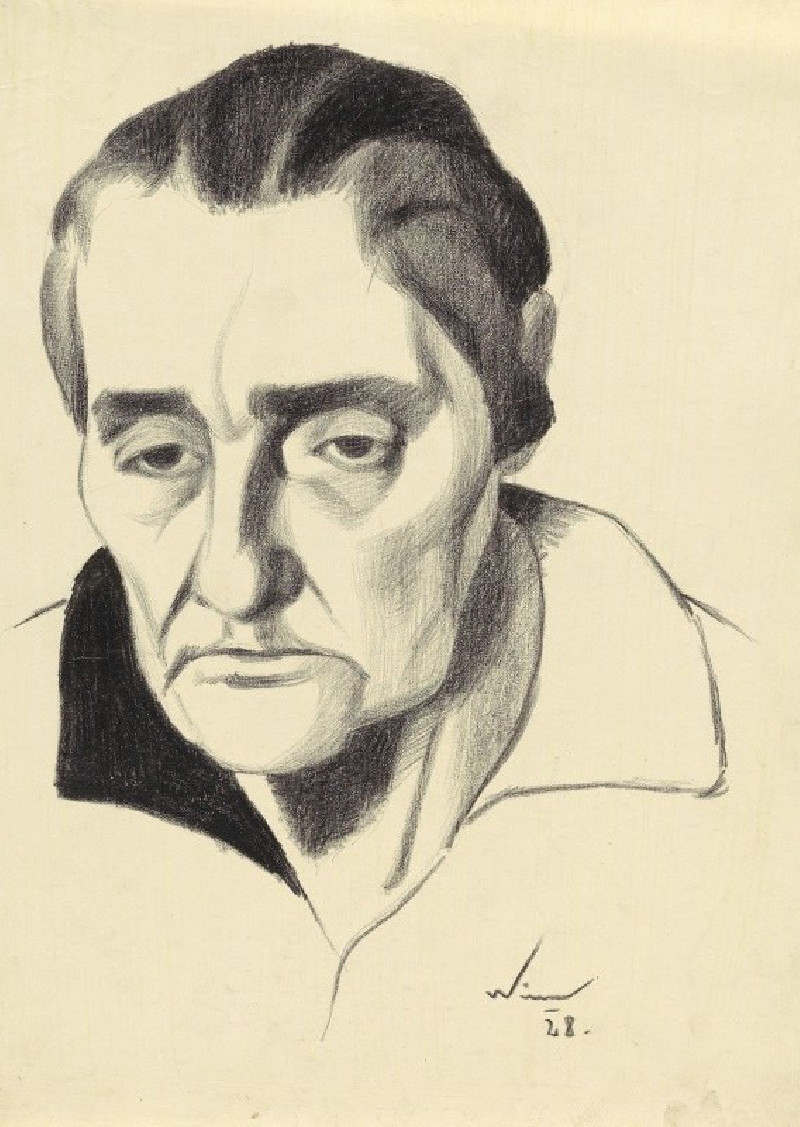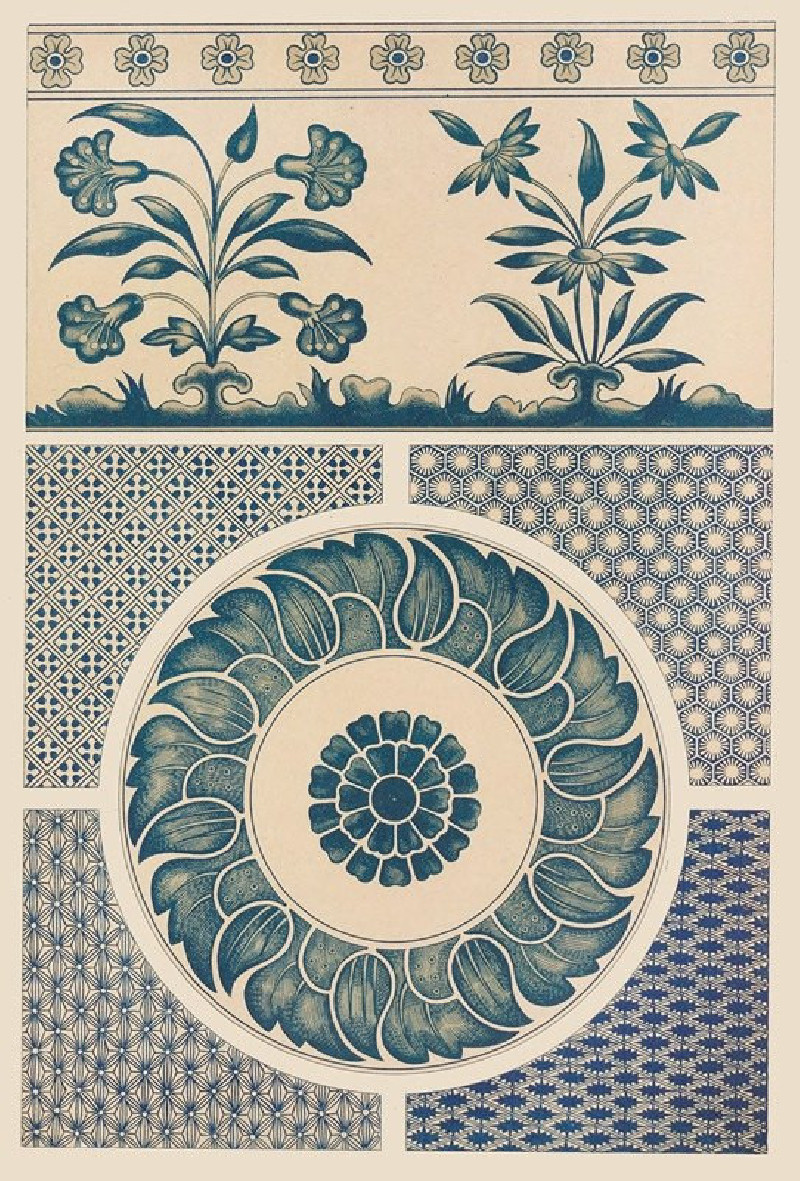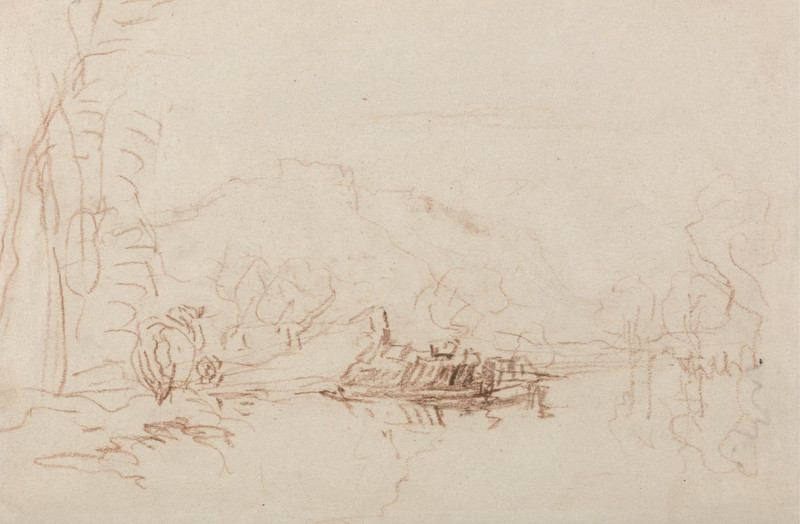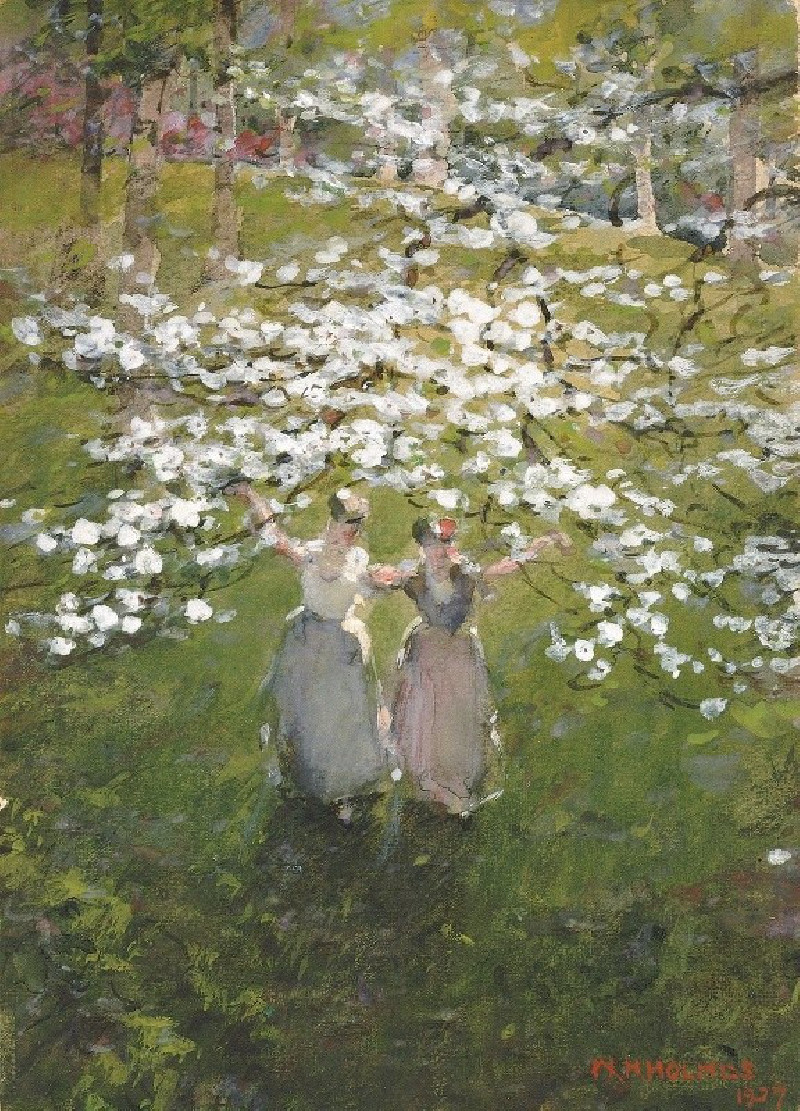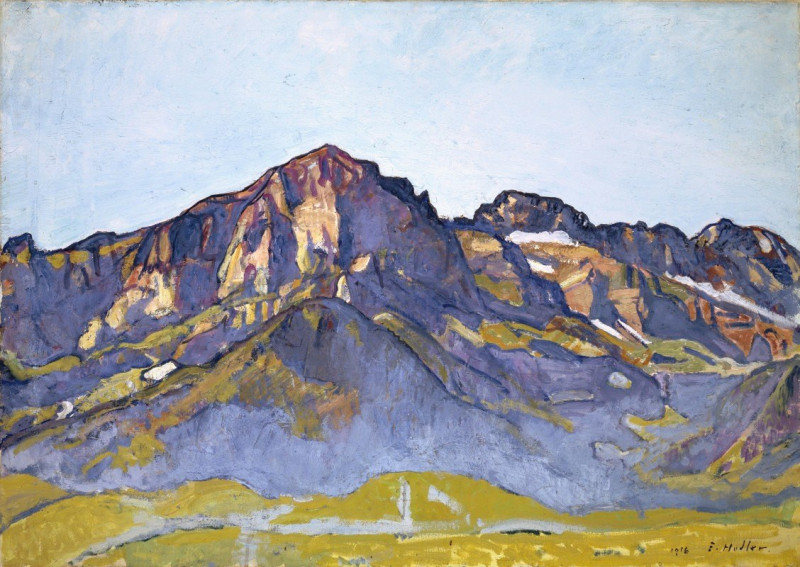Two Harlequins (c.1885)
Technique: Giclée quality print
Recommended by our customers
More about this artwork
Edgar Degas's artwork "Two Harlequins," painted around 1885, provides a fascinating glimpse into the world of theatrical characters that often sparked the artist's imagination. This piece captures the vibrant, yet transient world of performers, a common theme in Degas’s portfolio, which frequently explored the different facets of public entertainment—from the ballet to the circus.The painting depicts two figures dressed as harlequins, a type of clown character traditionally seen in Italian commedia dell'arte and later, in various theatrical presentations across Europe. The character on the right bends over a chair, interacting closely with the seated harlequin on the left. The standing harlequin is adorned in a vividly colored costume with patches of red, green, blue, and yellow, conveying a sense of motion and liveliness which contrasts with the more subdued, thoughtful pose of his companion.Degas has masterfully used pastels to craft a rich texture that emphasizes the dynamic contours of the costumes and movements of the figures. The brush strokes are brisk and agitated, reflecting the essence of a fleeting backstage scene. The light suffusing the painting illuminates the figures while casting shadows that evoke a sense of depth and intimacy, pulling the viewer into the performers’ world."Two Harlequins" not only showcases Degas's skill with color and form but also reflects his keen interest in capturing moments behind the scenes, away from the audience's gaze.

